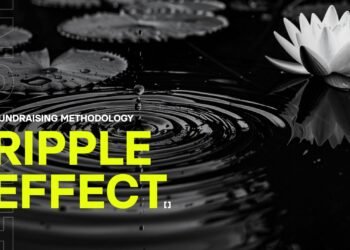The real risk when adding sustainability into a brand narrative isn’t saying too much or too little. It’s failing to connect—emotionally.
Failing to enable people to feel why the work matters and how to participate in it.
Sustainability today is under more than pressure; it’s under inspection. Despite media headlines, more and more people want progress to continue. And at the same time, believe claims less.
Silence reads as avoidance.
Overstatement reads as performative.
And both point to the same fracture: intention, execution, and expression out of sync.
It’s time for a reset—from materials to meaning.
This article is part of Branding Strategy Insider’s newsletter. You can sign up here to get thought pieces like this sent to your inbox.
Switching from paper to plastic is a meaningful first step. But not the story.
One-off announcements land as one-off tactics.
A coherent narrative across time carries more weight.
Communication that ties proof to values and values to lived experience.
So how do you communicate in a way that people can sense—and trust?
These seven principles can help move your brand storytelling from tactic to trust:
1. From proof to portal: Facts open the door; meaning keeps people in the room. Use evidence as an entry into what changes, why it matters, and how it advances the promise you’ve made.
2. Put packaging to work: Make the signal tangible in the hand and legible on the shelf. Clear instructions, honest claims, and scannable cues beat an “eco” aesthetic every time.
3. Trust lives in the details: Precision compounds. Be specific about materials, sourcing, and impacts; make traceability easy to see. Small consistencies build belief.
4. Invite participation, not perfection: Lower the barrier to action. Offer simple, repeatable steps people can do today. Show how their participation strengthens progress tomorrow.
5. Anchor in relevance, not rhetoric: Connect sustainability to what people already value: health, safety, quality, family well-being. When relevance is clear, meaning follows and behavior shifts.
6. Align it, everywhere: Ensure the promise on the label matches the lived experience across the journey: product, service, retail, support, partnerships. Coherence holds beliefs together.
7. Be a guide, not a hero: Shift from self-congratulation to shared stewardship. Show collaboration, name what’s next, and make the path for joining in unmistakable.
As a marketer, your job is to compete. Compete differently with The Blake Project.
Not louder claims, not careful neutrality.
Rather, communication that turns proof into felt belief.
And felt belief into participation.
Brands that treat sustainability as a system of trust, one that is visible and verifiable, earn the right to tell a longer story.
What promise begins the narrative you’re reshaping—with integrity?
Contributed to Branding Strategy Insider by Anne Bahr Thompson, Author, Do Good, Embracing Brand Citizenship to Fuel Both Purpose and Profit.
At The Blake Project, we help clients worldwide, in all stages of development, define or redefine and articulate what makes them competitive at pivotal moments of change. Please email us to learn how we can help you compete differently.
Branding Strategy Insider is a service of The Blake Project: A strategic brand consultancy specializing in Brand Research, Brand Strategy, Brand Growth and Brand Education
FREE Publications And Resources For Marketers
Post Views: 30















